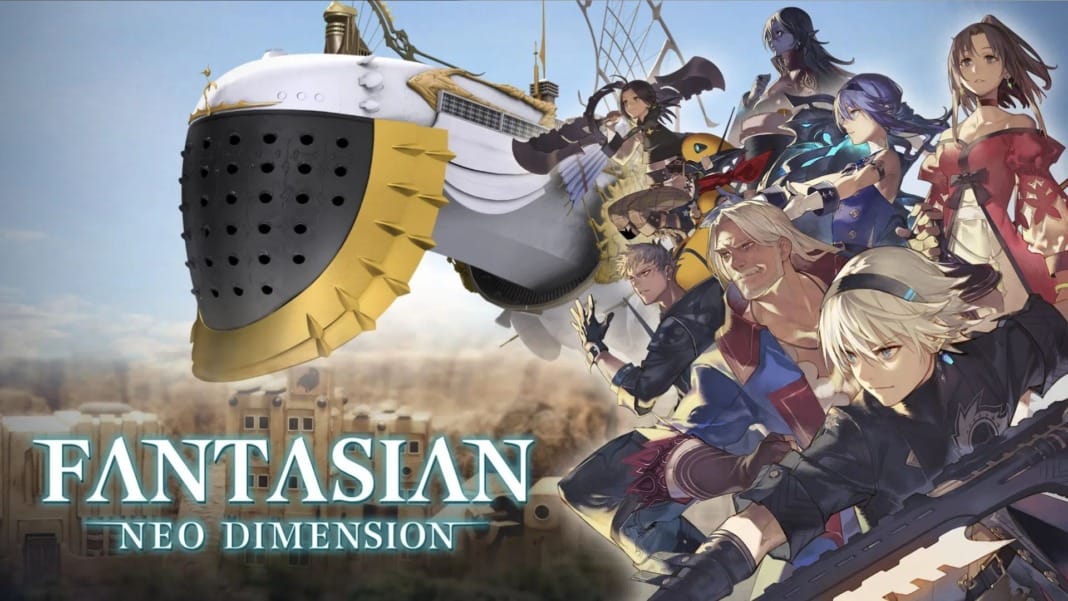Niantic, the company behind the hit mobile game Pokémon Go, is developing a cutting-edge AI model called the “Large Geospatial Model” (LGM). This technology leverages millions of location scans uploaded by players of Pokémon Go and other Niantic games. According to a blog post from the company, the goal is to enable computers and robots to understand and interact with the world in ways never before possible.
Building a world through visual positioning
The LGM is built on Niantic’s Visual Positioning System (VPS), a technology developed over the past five years. This system uses a single image from a smartphone to determine its position and orientation within a 3D map. These maps are created using data provided by players who scan landmarks while playing games like Pokémon Go and Ingress and through Niantic’s Scaniverse app.
What makes this data unique is its “pedestrian perspective.” Unlike typical mapping systems that rely on images captured by vehicles, Niantic’s maps include details from areas inaccessible to cars, providing an entirely new level of spatial understanding.
Victor Prisacariu, Niantic’s Chief Scientist, explained how this works in a 2022 Q&A. “Using the data our users upload when playing games, we’ve built high-fidelity 3D maps of the world,” he said. These maps not only include the geometry of the surroundings but also a semantic understanding—essentially recognising elements like the ground, sky, or trees.”
Unlocking new possibilities
Niantic sees its large geospatial model (LGM) as a transformative tool for AI. By combining visual and spatial data, the LGM could enable robots, computers, and other devices to navigate and interact with their environments more effectively. This technology has potential applications in areas ranging from augmented reality to robotics, promising to reshape how digital devices perceive the real world.
However, the project raises questions about data usage and transparency. As pointed out by 404 Media, many players who downloaded Pokémon Go in 2016 likely didn’t imagine their gameplay data would someday contribute to a high-tech AI model. While Niantic has not detailed all future uses of the LGM, the company is enthusiastic about its potential.
Niantic’s work highlights the growing convergence of gaming and advanced AI development, showcasing how interactive entertainment can fuel technological breakthroughs.





